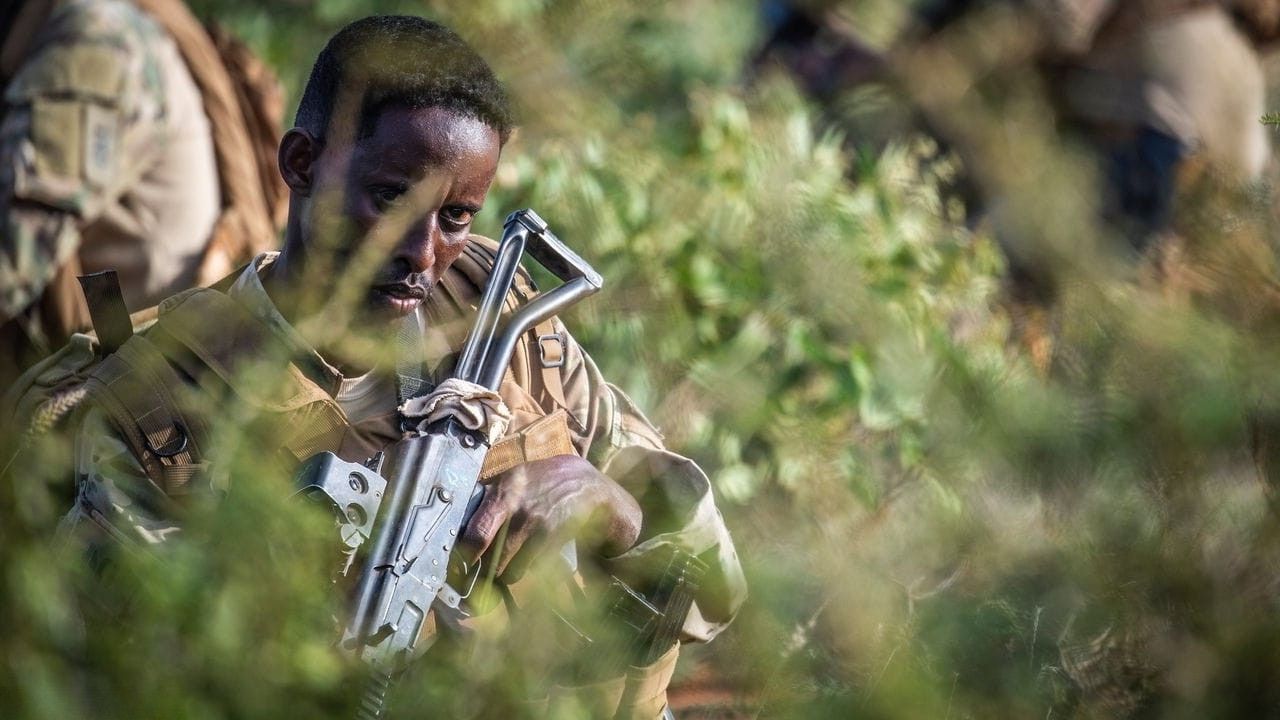
What caused the revolt in Somalia? The revolt in Somalia stemmed from a mix of political, social, and economic issues. Colonial history left deep scars, creating divisions among clans. Post-independence, government corruption and authoritarian rule fueled discontent. The Siad Barre regime collapsed in 1991, leading to power struggles among warlords. Economic hardships and famine worsened the situation, pushing people to rebel. Foreign interventions and lack of stable governance added to the chaos. Al-Shabaab, an extremist group, capitalized on the turmoil, further destabilizing the region. Understanding these factors helps grasp the complexity of Somalia's ongoing conflict.
Key Takeaways:
- Somalia's history is marked by independence, a military coup, and the devastating civil war. The rise of Al-Shabaab and international involvement have further complicated the country's path to peace.
- The ongoing conflict in Somalia has led to a severe humanitarian crisis, with millions affected by violence, displacement, and lack of basic necessities. Achieving lasting peace remains a complex and challenging task.
Historical Background
Understanding the revolt in Somalia requires a look at its historical context. The country has faced numerous challenges over the years, leading to various uprisings and conflicts.
- Somalia gained independence from Italy and Britain in 1960, merging to form the Somali Republic.
- The country experienced a military coup in 1969, leading to the rise of Siad Barre's regime.
- Barre's government promoted scientific socialism, which led to significant changes in Somali society.
- The Ogaden War (1977-1978) between Somalia and Ethiopia strained the country's resources and weakened Barre's regime.
- By the late 1980s, opposition groups began to form, leading to increased instability.
The Civil War
The Somali Civil War has been a major factor in the country's ongoing turmoil. This conflict has had far-reaching consequences for the nation and its people.
- The civil war began in 1991 after the overthrow of Siad Barre.
- Various clan-based factions vied for control, leading to widespread violence and chaos.
- The United Nations intervened in 1992 with Operation Restore Hope to provide humanitarian aid.
- The infamous "Black Hawk Down" incident occurred in 1993, resulting in the deaths of 18 U.S. soldiers.
- Despite international efforts, the conflict continued, leading to the rise of warlords and militias.
Humanitarian Crisis
The ongoing conflict has created a severe humanitarian crisis in Somalia. Millions of people have been affected by violence, displacement, and lack of basic necessities.
- Over 2 million Somalis have been internally displaced due to the conflict.
- Famine and drought have exacerbated the crisis, leading to widespread malnutrition.
- Humanitarian organizations face significant challenges in delivering aid due to insecurity.
- The conflict has disrupted education, with many children unable to attend school.
- Access to healthcare is limited, resulting in high mortality rates from preventable diseases.
Rise of Al-Shabaab
One of the most significant developments in recent years has been the rise of the militant group Al-Shabaab. This group has played a major role in the ongoing conflict.
- Al-Shabaab emerged in the mid-2000s as a radical Islamist group.
- The group seeks to establish an Islamic state in Somalia based on Sharia law.
- Al-Shabaab has carried out numerous attacks, including bombings and assassinations.
- The group controls large swathes of territory in southern Somalia.
- International efforts, including African Union missions, have aimed to combat Al-Shabaab's influence.
International Involvement
The international community has been involved in Somalia's conflict in various ways. These efforts have had mixed results.
- The African Union Mission in Somalia (AMISOM) was established in 2007 to support the Somali government.
- The United States has conducted drone strikes against Al-Shabaab leaders.
- Neighboring countries like Kenya and Ethiopia have also intervened militarily.
- The United Nations continues to provide humanitarian aid and support peacebuilding efforts.
- Despite these efforts, achieving lasting peace in Somalia remains a complex and challenging task.
Final Thoughts on Somalia's Revolt
Somalia's revolt is a complex chapter in history. Understanding the key events and figures helps grasp the struggles and resilience of its people. From colonial influences to modern-day conflicts, the journey has been tumultuous. The clan dynamics, foreign interventions, and internal strife have all played significant roles. Yet, amidst the chaos, there's a story of hope and determination. The Somali people continue to strive for peace and stability. By learning about these facts, we gain a deeper appreciation for their courage and tenacity. This knowledge not only informs us but also inspires a greater understanding of the human spirit. Keep exploring, stay curious, and remember that every fact adds a piece to the larger puzzle of history.
Frequently Asked Questions
Was this page helpful?
Our commitment to delivering trustworthy and engaging content is at the heart of what we do. Each fact on our site is contributed by real users like you, bringing a wealth of diverse insights and information. To ensure the highest standards of accuracy and reliability, our dedicated editors meticulously review each submission. This process guarantees that the facts we share are not only fascinating but also credible. Trust in our commitment to quality and authenticity as you explore and learn with us.
